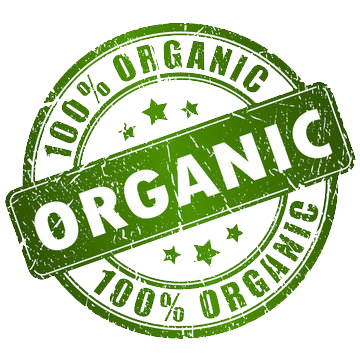

Enrich your inbox.
Don’t miss a thing. Sign up to receive news and updates.

lobuck lavender is a Patriot and Veteran founded and operated organic Lavender business located in historic Zionsville, Pennsylvania. The organic Lavender Field is located along Kings highway on approximately 2 acres as part of a 13 acre parcel in beautiful Lehigh County. The Zionsville area has an amazing history and the soil has always been farmed chemical free and remains 100% organic.
Contact Us
- Office Address : 224 River Road, Pottstown, PA 19464
- Farm Location: Rock Road and Kings Highway, Zionsville, PA
- (484) 686 0656
- paulb@lobucklavender.com
© Copyrights 2020. All Rights Reserved